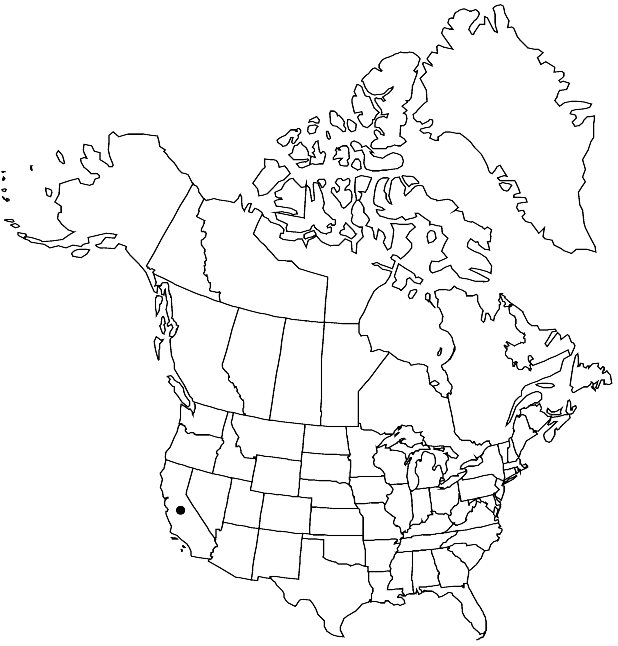Draba longisquamosa
in H. G. A. Engler, Pflanzenr. 89[IV,105]: 94. 1927.
Perennials; (cespitose); caudex branched (covered with persistent petiole remains, branches sometimes terminating in sterile rosettes); scapose. Stems unbranched, 0.2–0.9 dm, hirsute throughout, trichomes simple, 0.2–0.8 mm. Basal leaves rosulate; shortly petiolate; petiole base and margin ciliate, (trichomes simple, 0.1–1 mm); blade oblanceolate to obovate, 0.5–2 cm × 2–5 mm, margins entire, surfaces pubescent with simple trichomes, 0.15–0.8 mm. Cauline leaves 0. Racemes 4–16-flowered, ebracteate, (subumbellate), slightly elongated in fruit; rachis not flexuous, hirsute as stem. Fruiting pedicels divaricate to ascending (not decurrent basally), straight, 3–7 mm, hirsute as stem. Flowers: sepals (persistent) ovate, 1.5–2.2 mm, pubescent, (trichomes simple); petals (persistent), yellow, spatulate, 3.5–5 × 1.5–2 mm; anthers oblong, 0.5–0.6 mm. Fruits ovate to suborbicular, plane, flattened, 3.5–7 × 2.5–5 mm; valves pubescent, trichomes simple, 0.1–0.3 mm; ovules 10–16 per ovary; style 0.4–1 mm. Seeds ovoid, 1–1.2 × 0.7–0.8 mm.
Phenology: Flowering Jul.
Habitat: Gravelly areas
Elevation: 3000-3900 m
Discussion
Draba longisquamosa was treated as a synonym of D. lemmonii by both C. L. Hitchcock (1941) and R. C. Rollins (1993). We feel that the two taxa show sufficient morphological divergence and merit recognition as separate species (see I. A. Al-Shehbaz and M. D. Windham 2007 for more detailed discussion). Draba longisquamosa is currently known only from the southern Sierra Nevada in Fresno, Inyo, and Tulare counties.
Selected References
None.
Lower Taxa
"elongated" is not a number."thick" is not a number.
